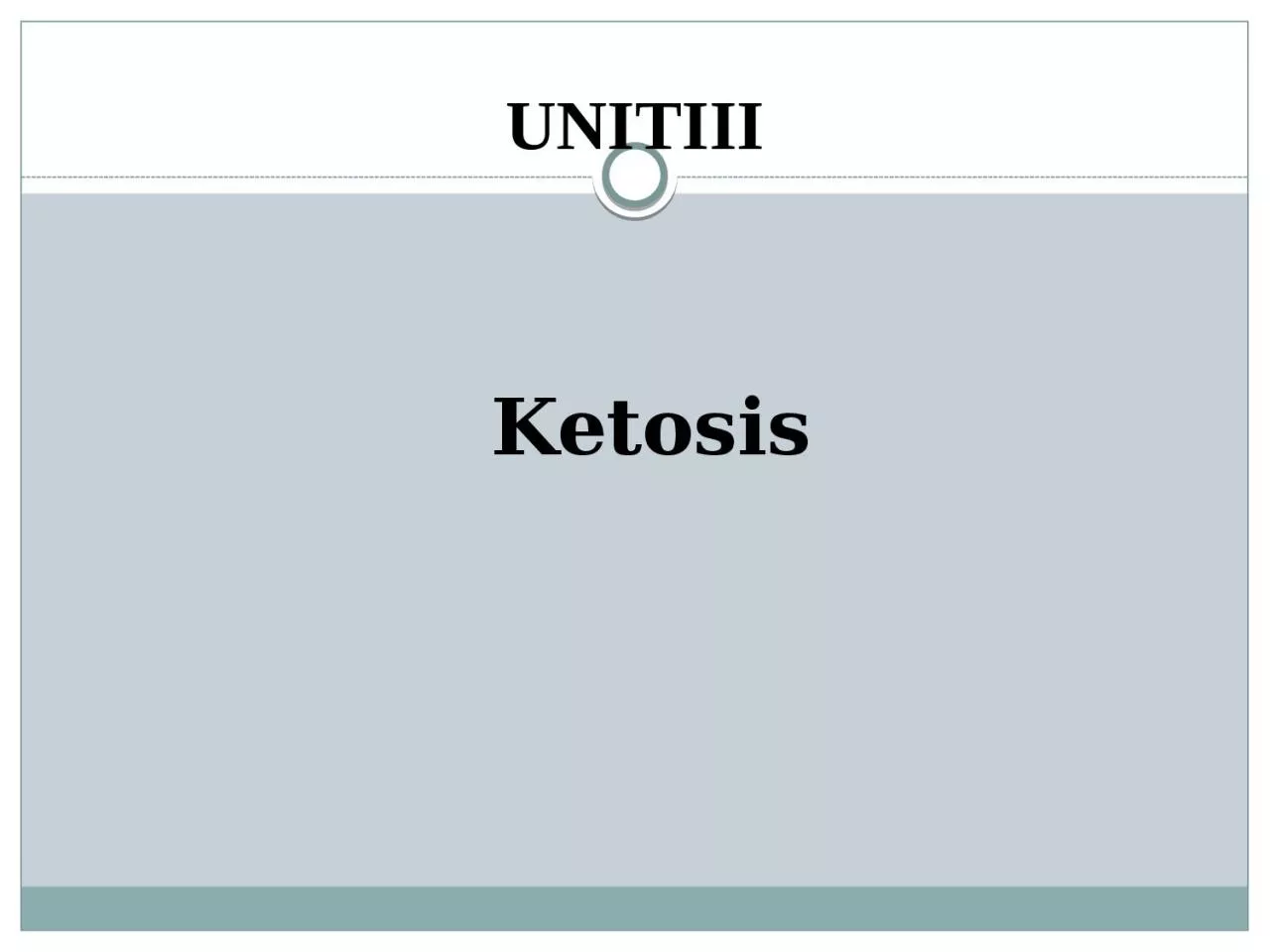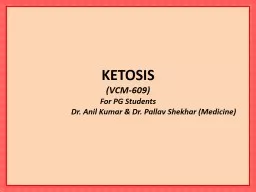PPT-UNITIII Ketosis Ketosis Ketosis simply means that
Author : ButterflyKisses | Published Date : 2022-07-27
ketones are present in body fluids in elevated concentrations K etone bodies are acetoacetic acid beta hydroxybutyric acid and acetone Ketosis is frequently
Presentation Embed Code
Download Presentation
Download Presentation The PPT/PDF document "UNITIII Ketosis Ketosis Ketosis simply m..." is the property of its rightful owner. Permission is granted to download and print the materials on this website for personal, non-commercial use only, and to display it on your personal computer provided you do not modify the materials and that you retain all copyright notices contained in the materials. By downloading content from our website, you accept the terms of this agreement.
UNITIII Ketosis Ketosis Ketosis simply means that: Transcript
Download Rules Of Document
"UNITIII Ketosis Ketosis Ketosis simply means that"The content belongs to its owner. You may download and print it for personal use, without modification, and keep all copyright notices. By downloading, you agree to these terms.
Related Documents














